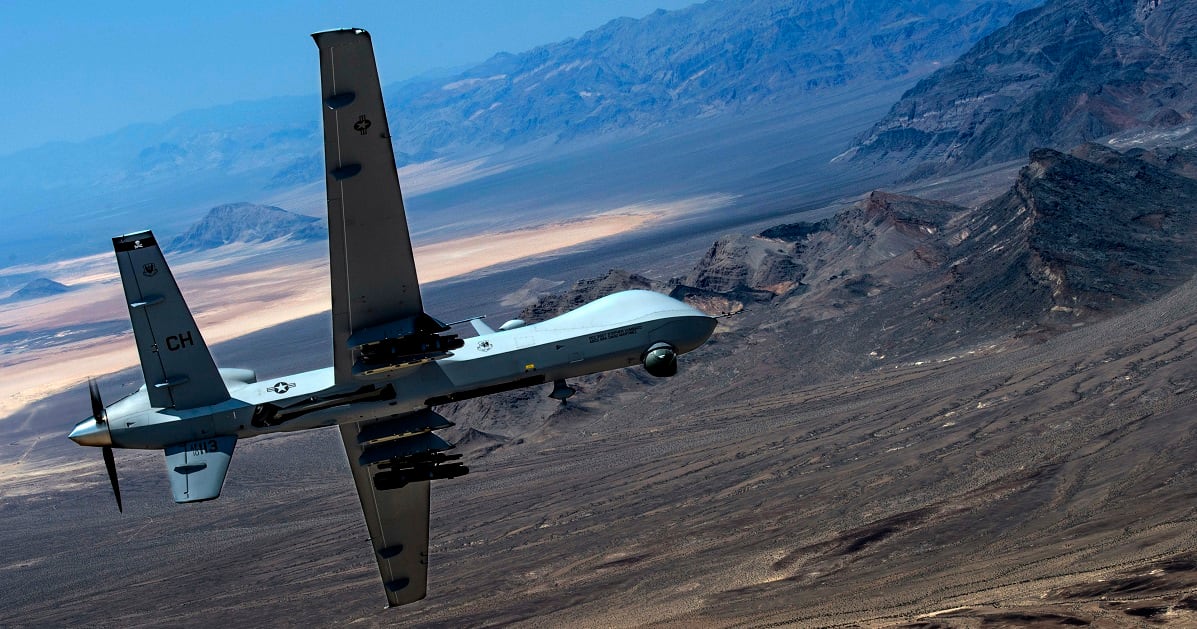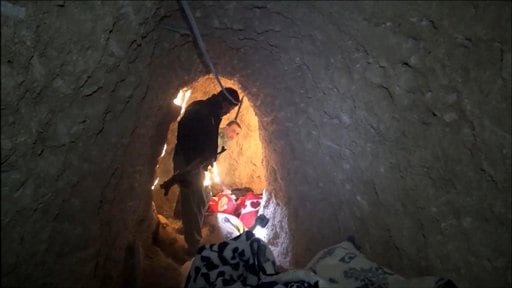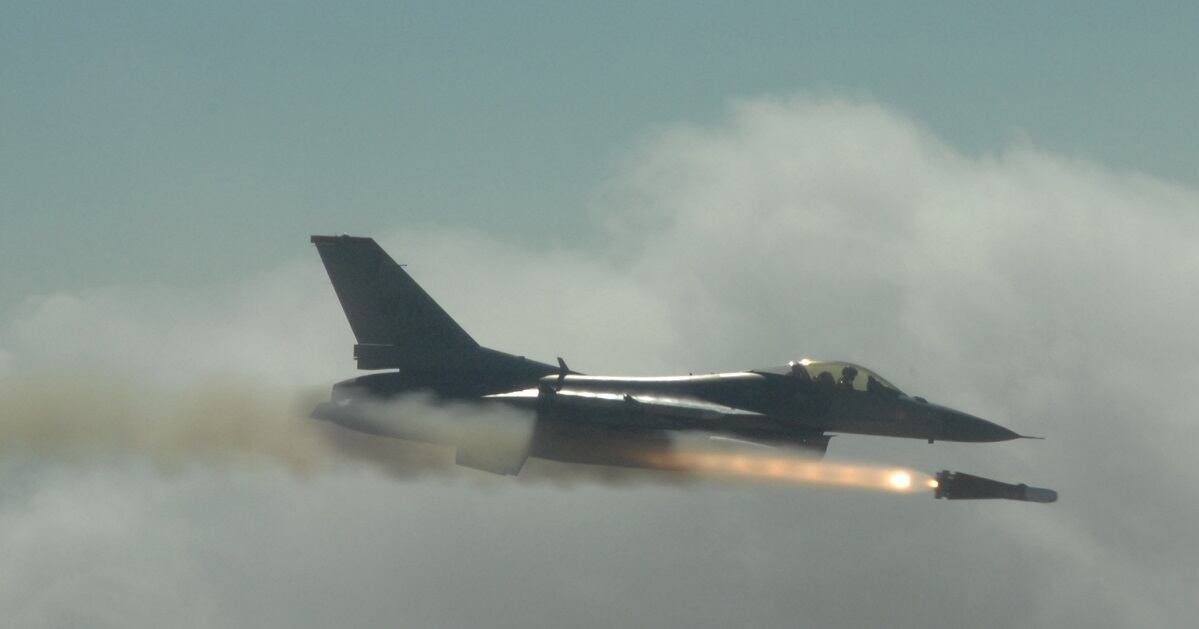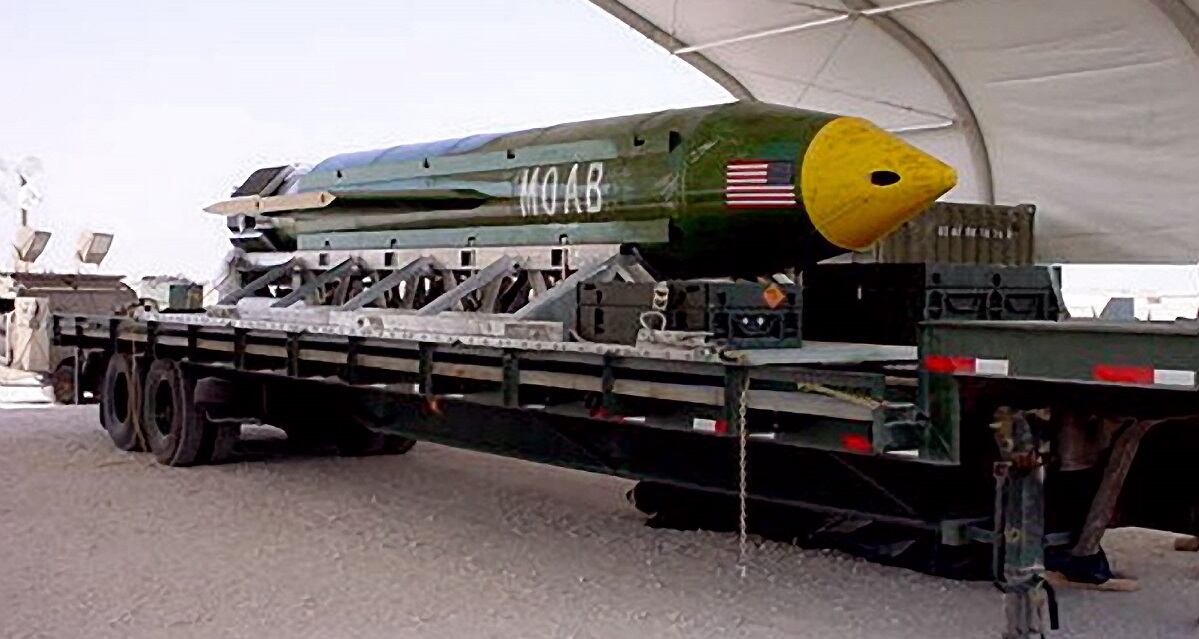FORT BRAGG, North Carolina — It is darkness like you’ve never seen. The air you breathe could kill you in moments. All of your fire support — air, armor, artillery — is useless. The walls and ceiling could collapse. Communications will fail. A wrong turn leaves you utterly alone.
Going underground, especially in dark, tight spaces, can trigger feelings of helplessness in even the most experienced troops, from the individual to the operational level.
It is the most primitive close combat a fighter may ever face.
“You think you’ve been in a dark environment?” a former special operations soldier-turned-trainer said. “Wait until you get into a deep underground facility and the power’s cut. That is scary.”
Welcome to the subterranean.
It is happening in Syria now. Iraqi forces faced it in Mosul. Russia, China, North Korea and Iran all boast complex facilities laced with reinforced command and control and the ability to deploy thousands of troops, tanks, missiles, even launch planes from underground runways.
Militant groups from the Islamic State to Hamas to rebel groups in Africa have expanded their use of the underground, whether in remote caves or by burrowing their way through cities such as Darayya, Syria, for what became tunnel-on-tunnel warfare with the regime.
“They’ve gone underground to match our overmatch,” said retired Army Maj. John Spencer, chair of Urban Warfare Studies with the Modern War Institute at West Point.

And, of course, one of the biggest overmatches is in the air. The emergence of a new era of tunnel warfare will challenge the Air Force to think of new ways to find, and defeat, a hidden enemy.
Terrorist groups such as ISIS-Khorasan, in the badlands of Afghanistan, have been known to use networks of tunnels. In turn, the Air Force has used punishing weapons — most famously, by dropping the Massive Air Ordnance Blast, or MOAB, on ISIS-K tunnels in April 2017 — to deal with them.
But with more advanced adversaries such as North Korea relying on secret tunnels that could, with little to no warning, pour thousands of troops into or near civilian population centers, the Air Force is going to have to find new tactics and perhaps even new weapons.
“I think it starts with the likelihood of warfare in a city,” said Dakota Wood, senior research fellow at the Heritage Foundation and a retired Marine officer. “Almost all futures documents predict an urban environment wave.”
Nearly any city that troops may enter has mazes of sewers, telecommunications lines and subway tunnels beneath their streets, concealing an untold number of threats.
They may vary in type and scope, but all underground terrain accomplishes a major feat — reducing, balancing, even negating the U.S. military technological superiority.
Leveling the playing field
“Tunnels have become … a process by which our adversaries know our limitations, from the standpoint of reducing that asymmetric advantage that we have,” said Brig. Gen. Craig Baker, vice commander of the 12th Air Force at Davis-Monthan Air Force Base in Arizona, during a Feb. 15 interview. “So you’ll see more countries — and I’m talking about China, Russia, North Korea, Iran — have gone to tunneling as a way to hide some of their capabilities.”
Baker wrote a thesis, “The Strategic Importance of Defeating Underground Facilities,” while attending the Army War College as a lieutenant colonel in 2012.
One of the Air Force’s key advantages is its cutting-edge intelligence, surveillance and reconnaissance capabilities. But those eyes in the sky — everything from remotely piloted aircraft to specialized recon aircraft like the Rivet Joint to satellites — can be stymied by tunnels or other underground facilities concealed beneath massive amounts of dirt and rock, Baker said.

Drones such as the Reaper may not have X-ray vision, but they do have the ability to loiter for long periods of time. If they stare long enough at a tunnel, Baker said, they can piece together a “pattern of life” that could help analysts infer what’s going on inside.
For example, RPAs could watch what personnel or formations move in and out of the entrance to a tunnel over days, weeks or even months. Or they could track the movement of certain types of equipment and materials — for example, a dump truck hauling out certain types of dirt, or trucks bringing in particular kinds of pillars — that might hint at what they’re trying to hold up inside.
RELATED

“When you watch the evolution of that [construction] process, it’s not hard to figure out,” Baker said. “Certainly you’re not blind. Everything can be used as a sensor that eventually might help you gain confidence in the target. But unless you’re the guy with the actual blueprints that’s constructing the thing, you’re always going to have a level of confidence, or not-confidence, applied to any scenario. And that has to be applied to your defeat mechanisms.”
It’s also very difficult to tell where a tunnel might wind after disappearing from sight, Baker said, and where crucial parts such as command and control might lie.
“What the structure might look like underneath the mountain is really a best guess,” Baker said.
The tactical
Once those tunnels are located, the fight inside could go very wrong for U.S. troops if they don’t have the proper training.
The Army is taking a multi-prong attack to the threat after an assessment of its underground combat capabilities two years ago found gaps.

With knowledge gleaned from the battlefield and years of study, they quickly updated manuals, pushed funding and deployed training teams with the Asymmetric Warfare Group to spread the gospel across brigades — and to be prepared to fight in every environment, including megacities and underground.
Military Times spent nearly a week alongside soldiers of 1st Brigade Combat Team of the 82nd Airborne Division at Fort Bragg, North Carolina, in early February to view some of this initial training.
Paratroopers received hands-on experience from the tactical manual, “Small Unit Training in Subterranean Environments,” which was published in late 2017, updating training practices that had changed little over the decades.
AWG commander Army Col. Timothy O’Brien stressed that elements of subterranean have been included in training for years, building on standard infantry skills, such as room clearing.
But AWG trainers add on important details and layers of limitations that soldiers will face underground — including a new focus on the basic necessities.
“If you can’t breathe, you can’t fight, always remember that,” was a mantra one trainer drilled into soldiers dealing with clean air supply and chemical threats.
Soldiers were shown types of breathing devices, with specialized meters for detecting chemical and other threats. Some systems could keep an experienced soldier breathing for close to an hour. But panicked, shallow breathing could cut that in half.
Tiny changes can make a big difference. While many seasoned soldiers may be used to shouting commands or physically bumping the soldier in front of them during tight, room-clearing exercises, the addition of gas masks may mean soldiers have to use exaggerated head nods or squeeze a soldier’s shoulder to signal what to do next.
Paratroopers practiced door breaching techniques that included welding torches, battery-powered saws, winches and sledge hammers, battering rams and prying tools.
The soldiers then did walk-throughs at a mock urban site where building windows had been blacked out to simulate underground atmosphere.
The big picture
The underground threat has been growing among U.S. adversaries for at least the past two decades.
And, as Daphné Richemond-Barak noted in her 2017 book, “Underground Warfare,” the underground space is “drawing closer to civilians.”
“Our view of tunnel warfare therefore needs to change,” she wrote.
Combat alone is an unnatural experience and each terrain offers its own versions of hell — from blasting desert sandstorms to freezing arctic mountains to creeping jungles that conceal threats.
But underground fighting is something special.

“It breaks everything we train,” Spencer said.
For the Air Force, once the service has identified such a tunnel or other underground facility and figured out what’s inside, the question is what to do about it.
It’s not always necessary to obliterate the entire structure, the way air forces approached such “hard and deeply-buried targets” during World War II, Baker said. Instead of sending an entire squadron to annihilate the area, the Air Force could use one precision-guided munition from one airplane to target a specific “effect” — take out one particular room or feature of a tunnel, and ruin the enemy’s ability to use it in the process.
Aircraft could also take out a power grid, a ventilation system that hundreds or thousands of troops need to breathe underground, or a communications system necessary for leaders’ command and control, rendering it effectively useless.
“You’re not in a hard and deeply buried target because you’re an unimportant person, or function or infrastructure,” Baker said. “There are certain critical … hinge points that you may be able to affect that could then affect the overall use of the tunnel. You plug up the airway, you may create an effect on the people inside that would have the same effect as detonating a weapon inside.”
There’s another benefit to not obliterating such a tunnel, Baker said: When the conflict is over, it means less damage that might need to be rebuilt — and that infrastructure is still there for the U.S. to use.
But all that can be easier said than done, Baker said. Even if the approximate location of the target can be found, it could be buried under large amounts of granite. That would be difficult to reach even for a munition like the GBU-57 Massive Ordnance Penetrator, the largest non-nuclear weapon in the Air Force’s inventory. Even the famed MOAB strike against ISIS-K in 2017, while it caused a massive amount of damage, didn’t entirely collapse the hive of tunnels.
To properly counter underground structures such as tunnels, Baker said, the Air Force will need a combination of different kinds of munitions. In some cases, a large-scale weapon such as the MOP might be right to overwhelm a target.
But in other circumstances — such as if a tunnel lets out near civilian populations — a smaller-yield weapon might be right, Baker said.
The Air Force Research Laboratory has looked at building advanced air-to-surface munitions that could be “dialable,” or have their explosive yield adjusted up or down in response to changing battlefield situations.
In a September 2018 paper from the Mitchell Institute for Aerospace Studies, retired Maj. Gen. Lawrence Stutzriem and retired Col. Matthew Hurley said that, theoretically, fifth-generation and beyond aircraft could even change a weapon’s yield after it’s been fired. This could be needed to help prevent unintended damage and casualties in a tight, complicated urban battlespace, the paper said.
Such adjustable-yield munitions could be useful in a quickly changing urban battlefield with tunnels, Baker said, where civilians or friendly forces could unexpectedly end up near a target.
That could become especially important if, for example, a conflict on the Korean peninsula erupted and North Korean troops began pouring out of tunnels in South Korean cities. In such a situation, a variable-yield weapon could theoretically be dialed down to a small yield and dropped to collapse the exit of a tunnel, while trying to limit the damage around it.
“That’s a wicked problem that has a lot of things to think about,” Baker said. “You may not be able to even drop a kinetic weapon” in such a close-quarters situation.
As the joint force continues to grapple with the problem of underground warfare, the Air Force, too, will have to devote more attention to the problem if it is going to be relevant in this battlespace of the future.
Stephen Losey is the air warfare reporter for Defense News. He previously covered leadership and personnel issues at Air Force Times, and the Pentagon, special operations and air warfare at Military.com. He has traveled to the Middle East to cover U.S. Air Force operations.
Todd South has written about crime, courts, government and the military for multiple publications since 2004 and was named a 2014 Pulitzer finalist for a co-written project on witness intimidation. Todd is a Marine veteran of the Iraq War.




